As an expert siding contractor, WestPro conducts hundreds of siding inspections and siding estimates every year. During our visits, we spend a lot of time talking with our prospective customers. Our WestPro staff answers thousands of siding questions from siding repairs and siding options to how siding is installed and what types of siding are the best. Below are some common questions we get from homeowners who need siding repairs, or are considering siding replacement.
The answers to your siding questions below are the professional opinions and perspectives of the experienced siding installers, siding inspectors, and siding estimators at WestPro. We hope to provide friendly, non technical, common sense answers to your siding questions.
Can you paint vinyl siding?
This is one of the most common siding questions. There are people, and even home professionals who would disagree with this, but our answer is no. You should not paint vinyl siding. The reason? Paint on vinyl siding, especially older vinyl siding, simply does not last. Sure, you can apply paint to anything, and with proper cleaning and surface preparation, you will get better results. However, we have conducted many inspections of homes with vinyl siding that has been painted, and the paint is almost always peeling or flaking off prematurely. House paint on top of vinyl siding simply doesn’t last, making it a poor investment. The reason paint on vinyl siding doesn’t last is because the vinyl is not very thermally stable, meaning it expands and contracts with changing temperatures. The paint doesn’t always expand or contract the same way, causing the paint to flake or peel. Vinyl siding also oxidizes and becomes brittle in the sun, making adhesion of the paint inconsistent.
To be fair, our service area is the Front Range of Colorado, which has a different climate than other parts of the country. Some areas might have better results than others. However, based on our hands-on siding experience, we at WestPro do not recommend painting vinyl siding.
What is Fiber Cement Siding?
Fiber Cement siding is simply siding that is made out of a combination of portland cement, sand, wood fibers, and glue. Basically, it’s a cement board or plank made to look like cedar siding, or other traditional wood siding, except it is made from cement. Many of our customers are surprised when they hold a sample of fiber cement siding. It is hard and heavy like what you would expect from a plank of concrete. In fact fiber cement siding is 90% cement, pressed into a plank that looks like a typical siding plank, or siding trim. Fiber cement is fire resistant, strong, and very durable once it is properly installed on a home.
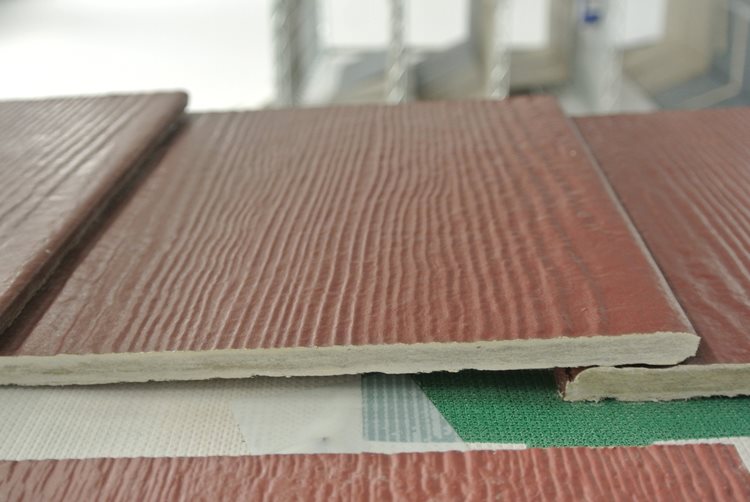
What is James Hardie Siding?
James Hardie Siding is the most popular type or brand of Fiber Cement Siding. Due to its rising popularity, James Hardie Siding is also the most popular overall siding product in the United States. James Hardie siding doesn’t just come in one style, but in fact comes in multiple styles to imitate traditional siding styles and profiles. That means James Hardie is available in plank or lap siding, board and batten, stucco panel, straight shingle siding, and staggered shingle siding.
James Hardie Siding is available as a primed siding, which is installed on the house, and then painted. It is also available pre painted, meaning it is painted during the manufacturing process, and then installed as a finished product. This is called James Hardie ColorPlus, which is the pre painted siding option and comes with a 15 year paint finish warranty.
The most common James Hardie Siding installation among WestPro’s siding customers in Colorado is a 8.25” Cedarmill texture Lap siding combined with 3.5” inch wide James Hardie Trim.
As a James Hardie Elite Preferred Siding Contractor, WestPro recommends installing James Hardie Siding using the complete Hardie System. This includes using HardieWrap underlayment, Hardie Tape to seal flashings and joints, HardieTrim around windows and doors, and proper flashings as directed by James Hardie installation specifications. By installing a complete siding system,
How is Fiber Cement Siding installed?
Very simply, it’s nailed on. Fiber Cement siding and trim is installed by fastening the siding to the wall of the house using 2 different types of nails. Let's get into the basic steps of a Fiber Cement siding installation.
Fiber Cement Siding is installed by first removing the old siding and exposing the sheathing underneath, which is typically plywood.

After a new waterproofing underlayment is applied over the sheathing, the Fiber Cement Trim and flashings are installed. That’s right, the trim goes on first. This is because Fiber Cement siding trim is not installed on top of the siding. Instead, the Fiber Cement trim is installed around windows, doors, and outside and inside corners. It is nailed to the plywood sheathing using Trim nails from a Trim nail gun, typically 16 Ga 2.5” Nails. The siding itself is then installed starting at the bottom of the wall. Each piece of plank or lap siding is installed in between the pieces of trim, so the end edge of the siding butts up to the vertical trim pieces.
The lap siding is nailed along the top 1” section of the siding using a nail gun and 2” ring shank siding nail. The next piece or “course” of siding is then installed so that the bottom edge of the top piece covers the nails on the course below it. This technique is called blind nailing, and it provides a clean, attractive finish to the wall, where few or no exposed siding nail heads are visible.
The small gap between the edge of the lap siding and vertical trim is then sealed with permanently flexible caulking to finish the installation.
What is lap siding?
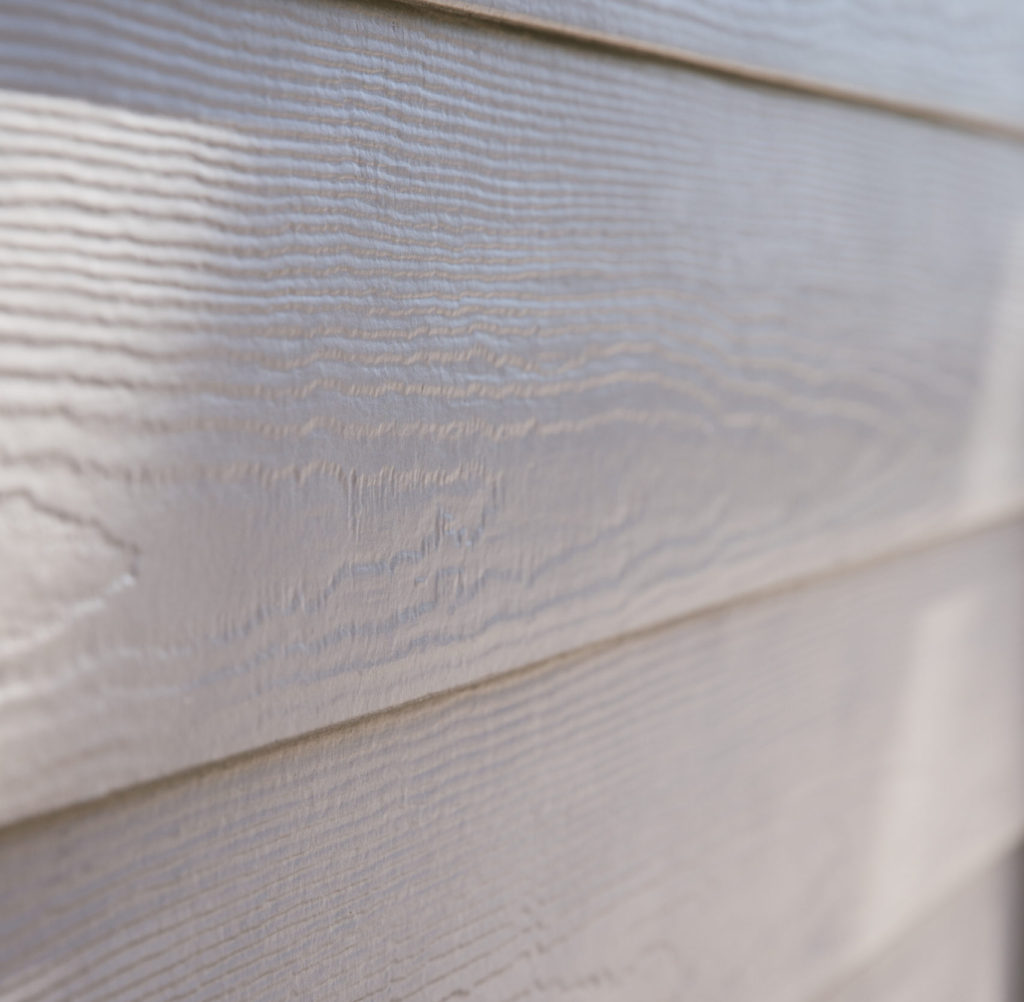
Lap siding is horizontally oriented siding. When you think of siding on a house, you are probably picturing lap siding, because it’s the most common siding style. Each plank in a lap siding project can be as small as 3” and as large as 14”. However, the most common lap siding sizes are between 7” and 8”.
Lap siding is correctly installed by starting at the ground, and moving up. Each “lap” covers the top edge of the piece of siding below it. This is how a lap siding system sheds water and protects the home. This is different from panel siding such as T1-11 siding or board and batten which is vertical oriented.
What is board and batten siding?
Board and batten siding is a classic siding style using vertically oriented siding boards. Traditionally, these boards are 12” wide and butted together. This leaves a small space or joint every 12” between each board. This is covered by installing a batten, or small trim sized strip to cover the gap or “joint” in between the boards. This functional and practical installation method is what gives board and batten its timeless and distinctive look with batten lines spaced every 12”.
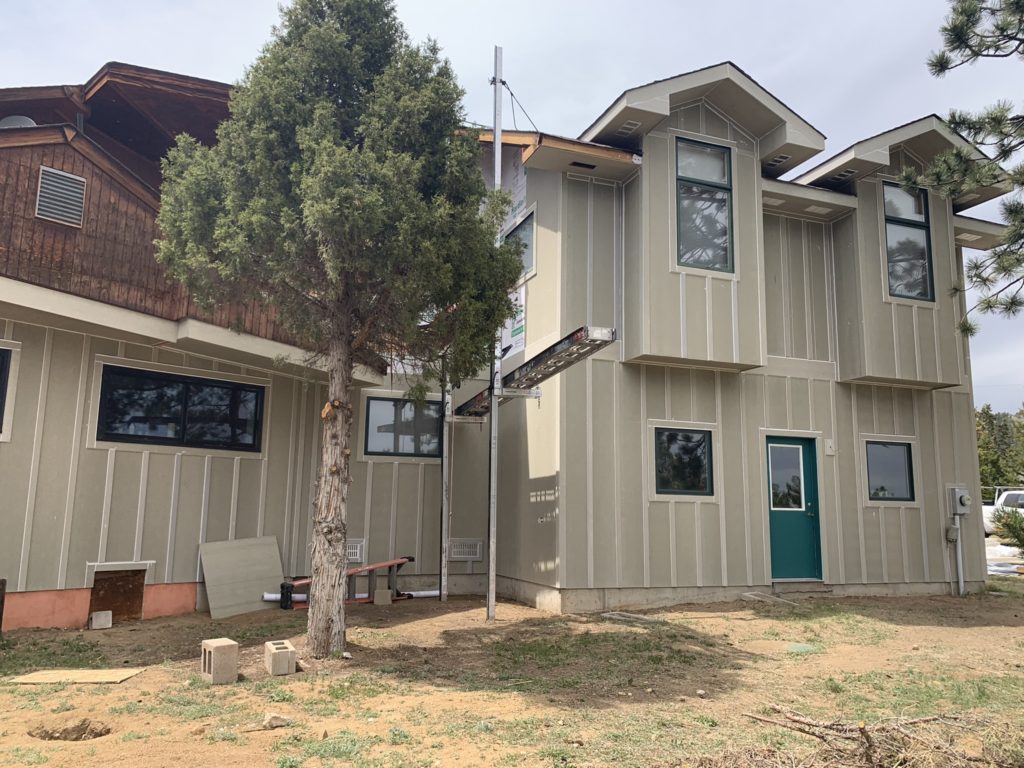
Modern board and batten installations utilize 4 foot wide panels with battens to cover the joints every 4 feet. Additional ‘decorative only’ battens are then installed every 12” in between the joint battens to imitate the classic board and batten design. The use of panels and battens is a more cost effective installation that provides the same traditional board and batten look.
What is the best siding for a house?
Based on our experience as a siding contractor in Colorado, the best siding for a house is James Hardie Siding. When properly installed, James Hardie Siding provides the best home protection, durability, fire resistance, hail resistance, pest resistance, and has the longest paint cycle. Because the benefits of James Hardie Siding are fairly well known in our area, people typically will pay more for a home with James Hardie Siding. This means that investing in James Hardie Siding will significantly increase home value, and reduce maintenance costs for homeowners. Once you decide on James Hardie siding, its up to you to determine what style you are interested in. You can choose from many popular siding trends or decide to go your own way.
Does new siding increase home value?
Yes, installing new siding will increase home value. Luckily, we have good real estate data to demonstrate just how much new siding can increase home values. Installing Fiber Cement siding in our area in Boulder, CO will increase home value on average return rate of 65% of the project cost. According to Remodel Magazines 2021 Annual Cost vs Value Report, this means if a siding project is $18,395, it will add $13,004 in value to the home. Add to that the drastic reduction in maintenance costs, and it makes sense why homeowners choose to invest in new Fiber cement siding.
National averages show even stronger returns relative to project costs, with Fiber Cement siding installations providing 69% average rate of return. By comparison, vinyl siding installation provides a 68% rate of return based on national averages.
Invest in your Home Today with James Hardie Siding
An investment in James Hardie siding is an investment in durability and style built to last. Give us a call today or fill out the form below and get a free inspection, quote, and 3D design rendering of your home.
Subscribe to WestPro's Blog



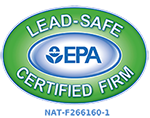
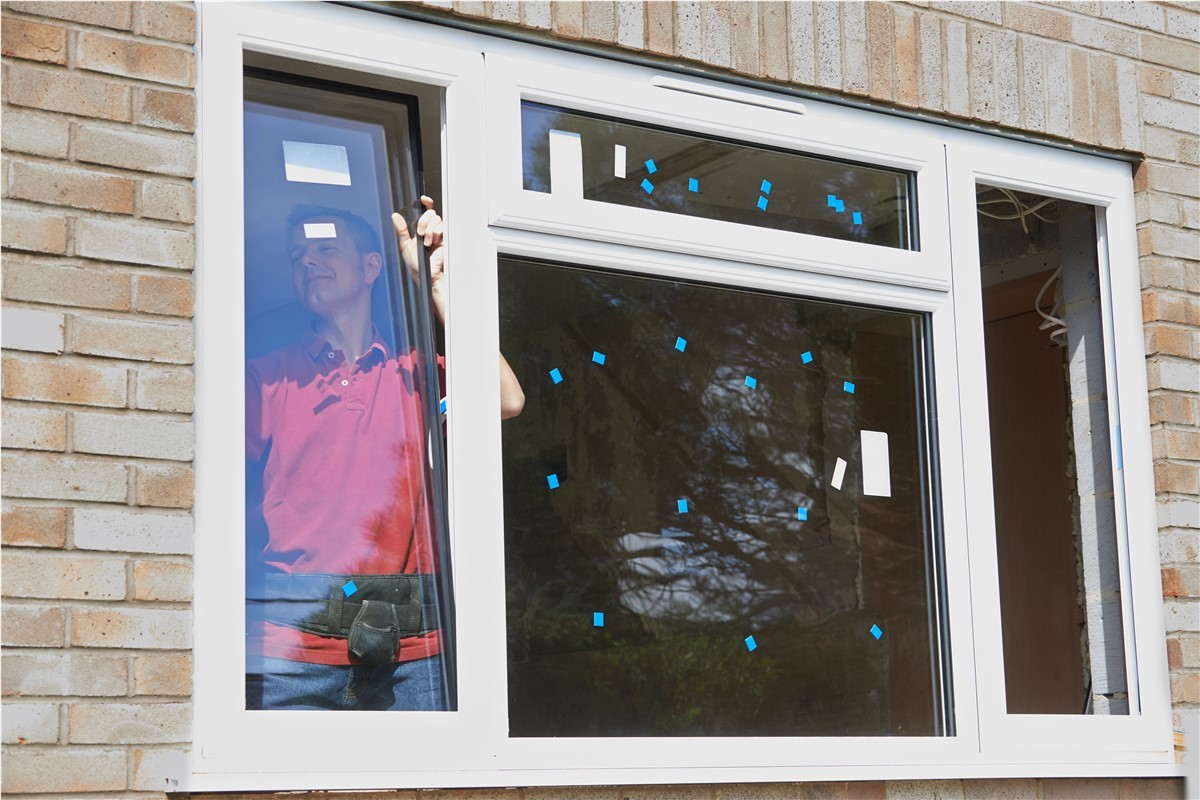
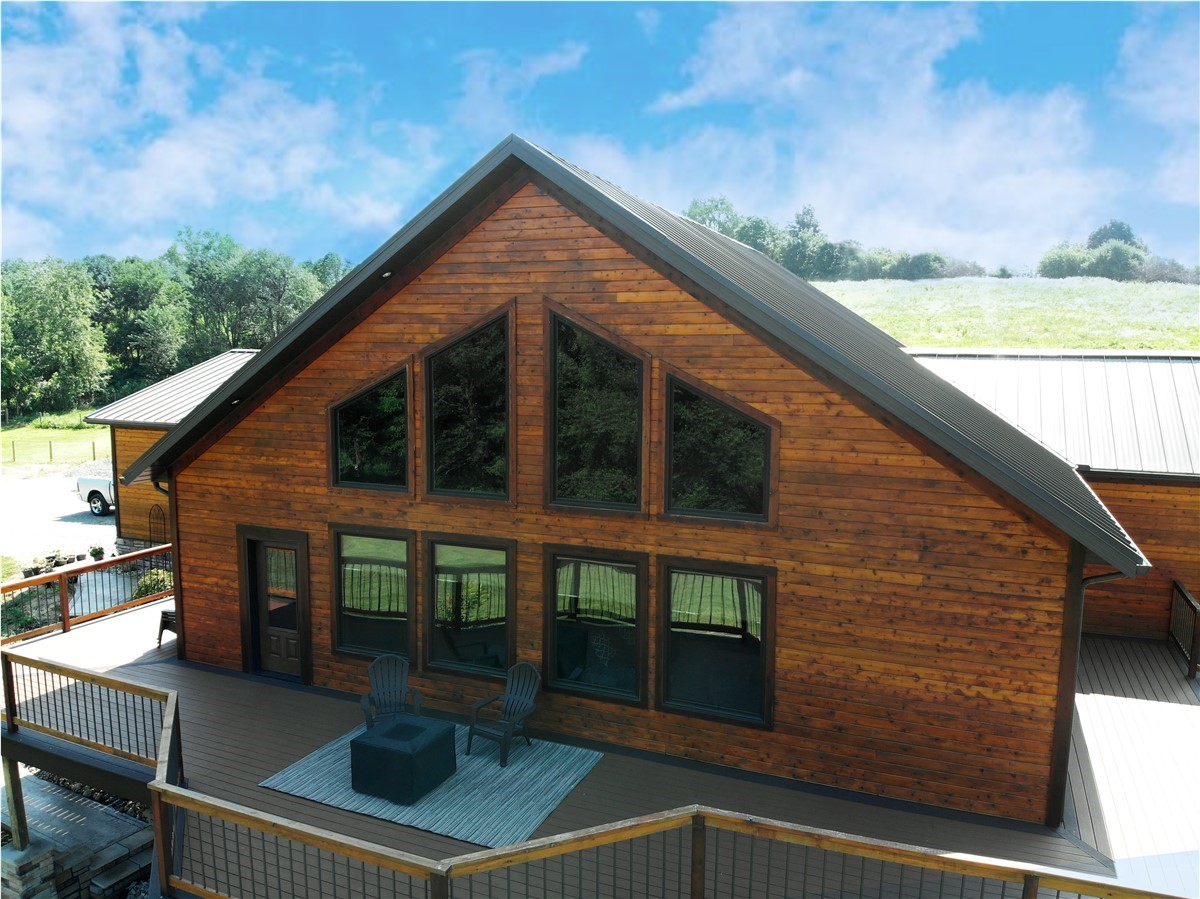
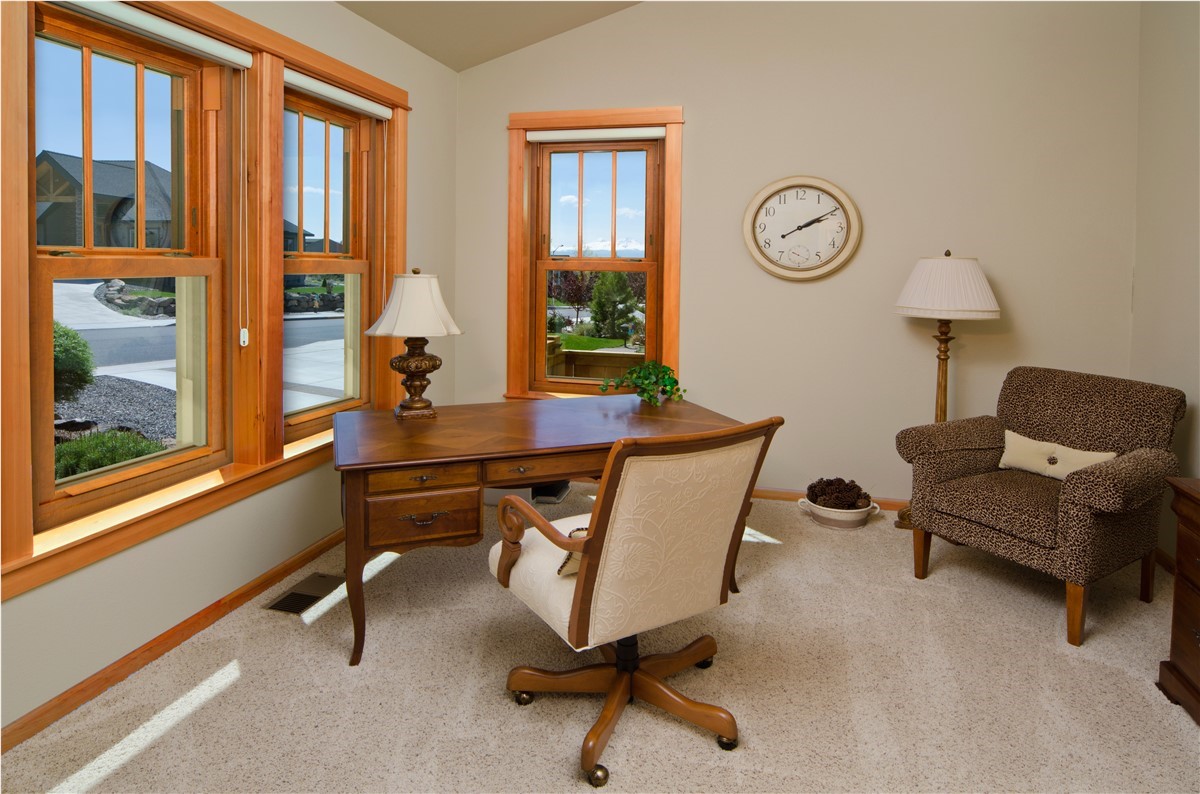

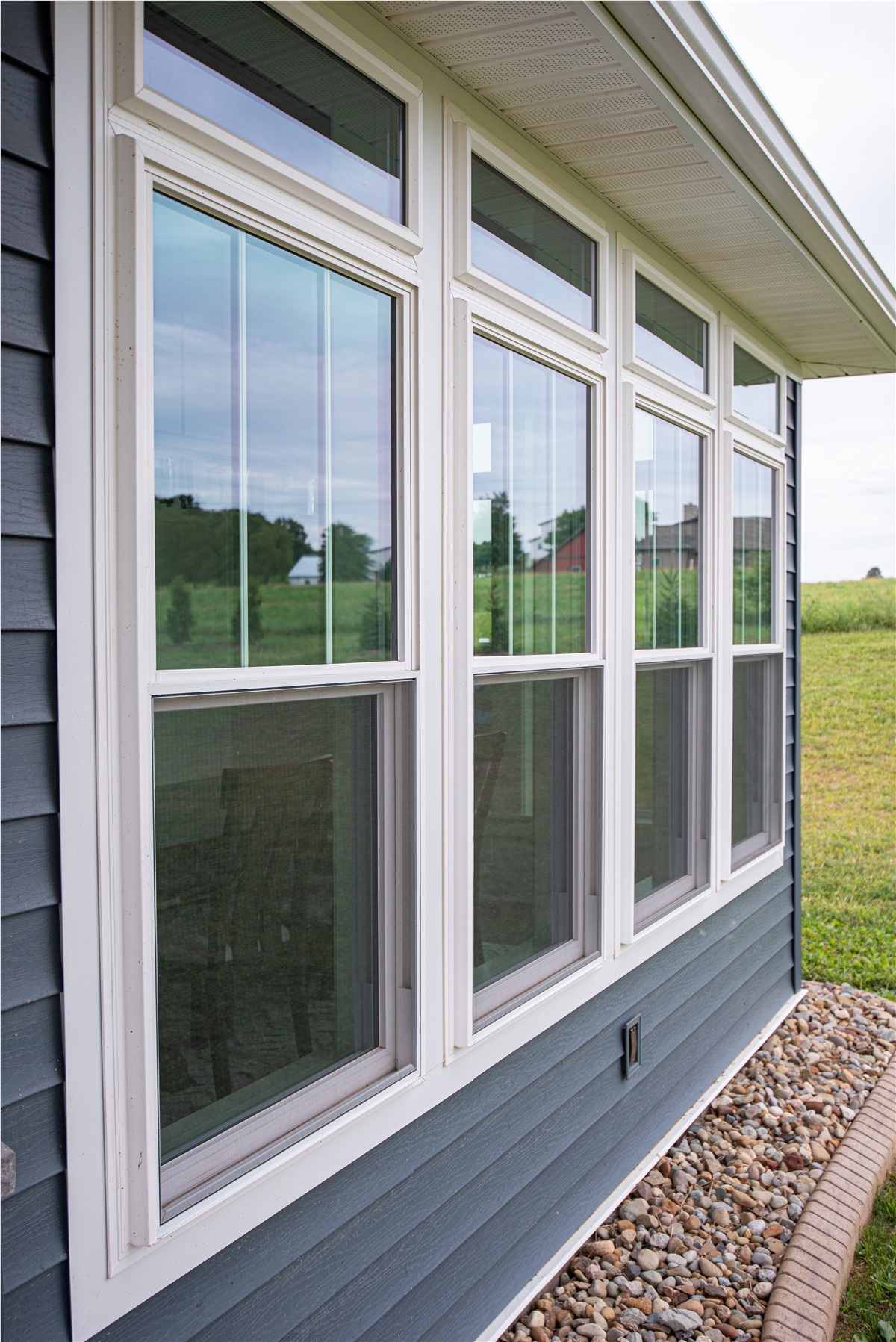

Comments